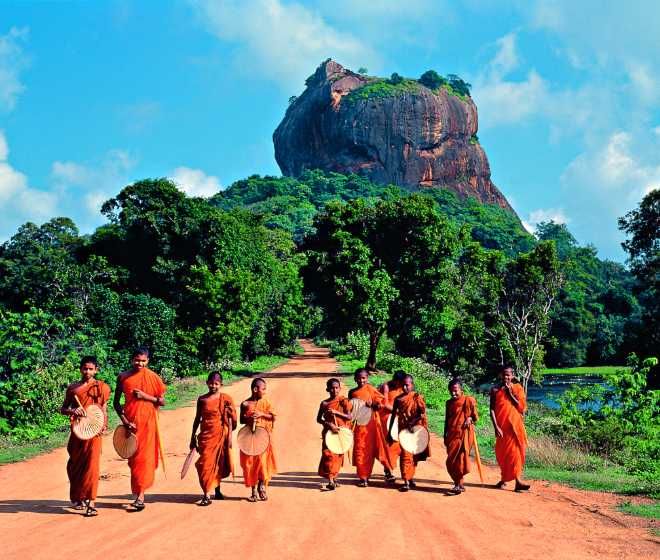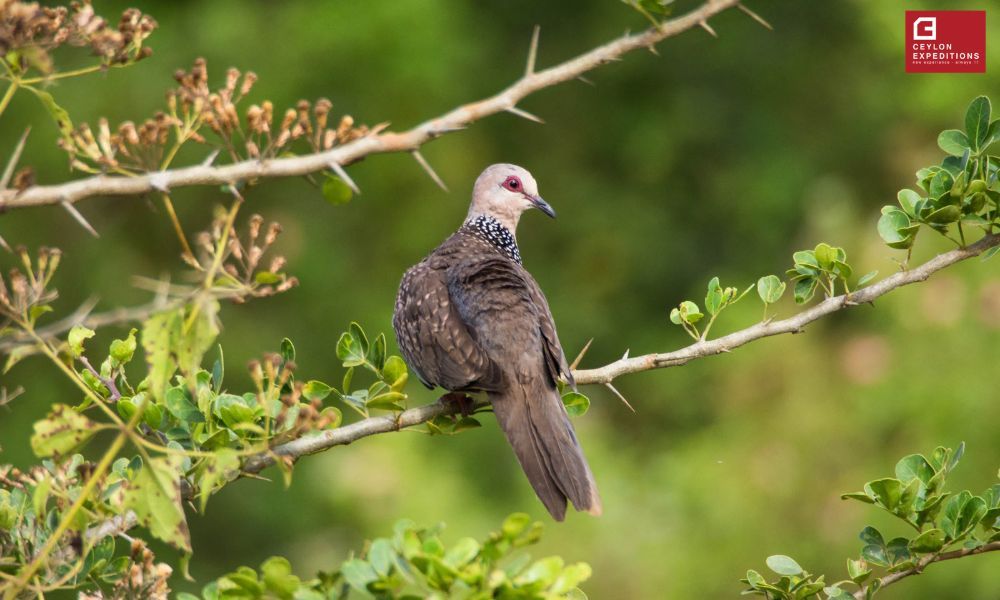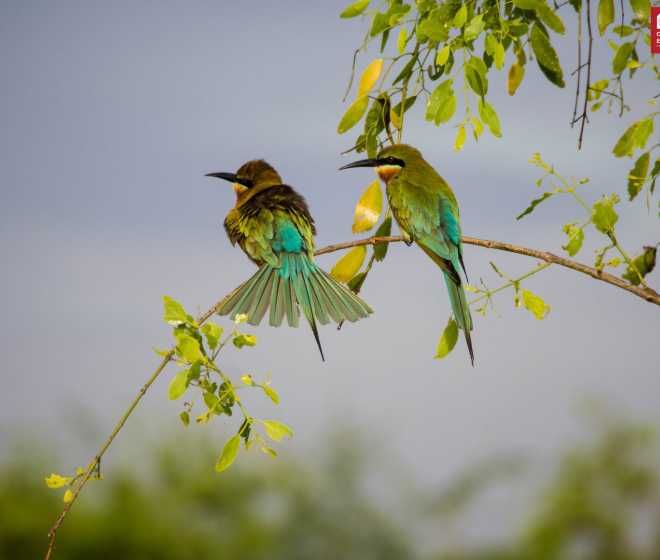
Butterflies in Sri Lanka
Sri Lanka boasts of an impressive 245 species of butterflies with 23 species being endemic and 76 being listed as threatened nationally, while Ceylon Rose is designated as critically endangered. The majority of butterfly species are found in the foothills and a much smaller number of species are found above 4,000 feet, while 20 species of butterfly are restricted to the low lying dry zone. There are two seasons annually within which the butterfly population peaks in numbers; during the Southwestern (March to April) monsoon and the and the Northeastern monsoon (September to October). This gives rise to the local legend of butterflies making annual pilgrimage to the Adam’s peak to pay their respects to the footprint of lord Buddha. A majority of endemic species are restricted to the wet zone forests. The Ceylon Birdwing is one of the largest endemics of the country and is found in large numbers in the Sinharaja Forest Reserve. The latest revision of lepidopterans identified 1903 species with 58 families of butterflies and moths in Sri Lanka, out of which 208 species are butterflies and 1695 species are moths.
James Emerson Tennent, Robert Templeton, Edgar Leopold Layard, Frederic Moore, Walter Ormiston, Lionel Gilbert Ollyet Woodhouse are Bernard d’Abrera among the botanists who published prominent work on Sri Lankan butterflies. In 2008, Dr. Michael van der Poorten discovered a new species of Sri Lankan butterfly for the first time in 60 years, which was named as Catopsilia Scylla.
The endemic species of butterflies are, Ceylon Tree-Nymph (Idea iasonia), Ceylon Tiger (Parantica taprobana), Ceylon Palmfly (Elymnias singhala), Ceylon Treebrown (Lethe daretis), Ceylon Forester (Lethe dynsate), Cingalese Bushbrown (Mycalesis rama), Sinhalese five-ring (Ypthima singala), Blue Oak Leaf (Kallima philarchus), Ormiston’s Oakblue (Arhopala ormistoni), Ceylon Cerulean (Jamides coruscans), Milky Cerulean (Jamides lacteata), Woodhouse’s Four Lineblue (Nacaduba ollyetti), Pale Ceylon Six Lineblue (Nacaduba Sinhala), Green’s Silverline (Cigaritis greeni), Clouded Silverline (Cigaritis nubilus), Ceylon Indigo Royal (Tajuria arida), Ceylon Hedge Blue (Udara lanka), Lesser Albatross (Appias galena), One Spot Grass Yellow (Eurema andersonii), Ceylon Rose (Pachliopta jophon), Common Birdwing (Troides darsius), Black Flat (Celaenorrhinus spilothyrus), and Decorated Ace (Halpe decorate)
The main threats to butterflies in Sri Lanka are habitat destruction and degradation, air pollution, over-usage of pesticides, over-exploitation for ornamental trade, Prolonged droughts and over-predation. Butterfly eggs, caterpillars, pupae and adult individuals are usually preyed upon by Opportunistic predators such as ants and birds. Convention on International Trade in Endangered Species of Wild Fauna and Flora (CITES) includes Ceylon Rose and Ceylon Birdwing species in their appendices which is a United Nations initiative that aims to protect these species against over-exploitation by restricting trade across borders.



